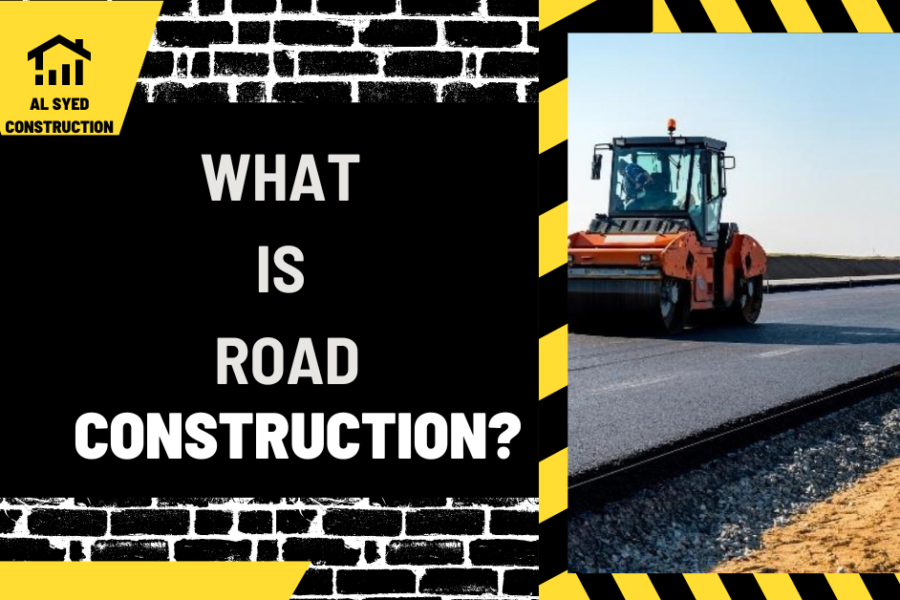What is Road Construction?
Table of Contents
Introduction
Road construction is a critical aspect of infrastructure development that involves the design, planning, and execution of creating and maintaining roads and highways. It encompasses a wide range of activities from the initial surveying and earthwork to the final paving and marking. The primary goal of road construction is to provide safe, efficient, and durable transportation routes for vehicles and pedestrians.
Phases of Road Construction
Planning and Design
The first phase of road construction involves thorough planning and design, which includes determining the route, assessing the environmental impact, and calculating the required materials and costs. Engineers and planners use topographical surveys and traffic analysis to create a road design that meets safety standards and accommodates future traffic growth.
Earthwork and Grading
Once the design is finalized, the construction begins with earthwork, which involves clearing the land, removing any obstacles, and grading the surface to create a stable foundation. This stage is crucial for ensuring proper drainage and preventing future road damage.
Base and Subbase Construction
The next step is constructing the base and subbase layers, which provide structural support for the road surface. These layers are made of materials like gravel, crushed stone, or asphalt, compacted to create a solid foundation that can withstand heavy traffic loads.
Paving and Surfacing
The paving phase involves applying the final road surface, which can be asphalt, concrete, or other materials. This layer is carefully spread and compacted to create a smooth and durable surface for vehicles to travel on.
Finishing Touches
The final stage of road construction includes adding finishing touches like road markings, signage, guardrails, and lighting. These elements are essential for ensuring the safety and usability of the road.
Challenges and Considerations
Environmental Impact
Road construction can have significant environmental impacts, including habitat disruption, pollution, and noise. Mitigating these effects through careful planning and the use of eco-friendly materials and techniques is crucial.
Safety and Regulations
Ensuring the safety of construction workers and the public is a top priority. Road construction projects must adhere to strict safety regulations and guidelines to prevent accidents and injuries.
Maintenance and Longevity
Proper maintenance is essential for extending the lifespan of a road and ensuring its continued safety and functionality. Regular inspections and repairs help prevent potholes, cracks, and other damage.
Conclusion
Road construction is a complex and multi-faceted process that plays a vital role in the development and maintenance of transportation infrastructure. It requires careful planning, skilled execution, and ongoing maintenance to create safe, efficient, and durable roads. As technology and materials evolve, road construction continues to adapt and improve, meeting the changing needs of modern society.




